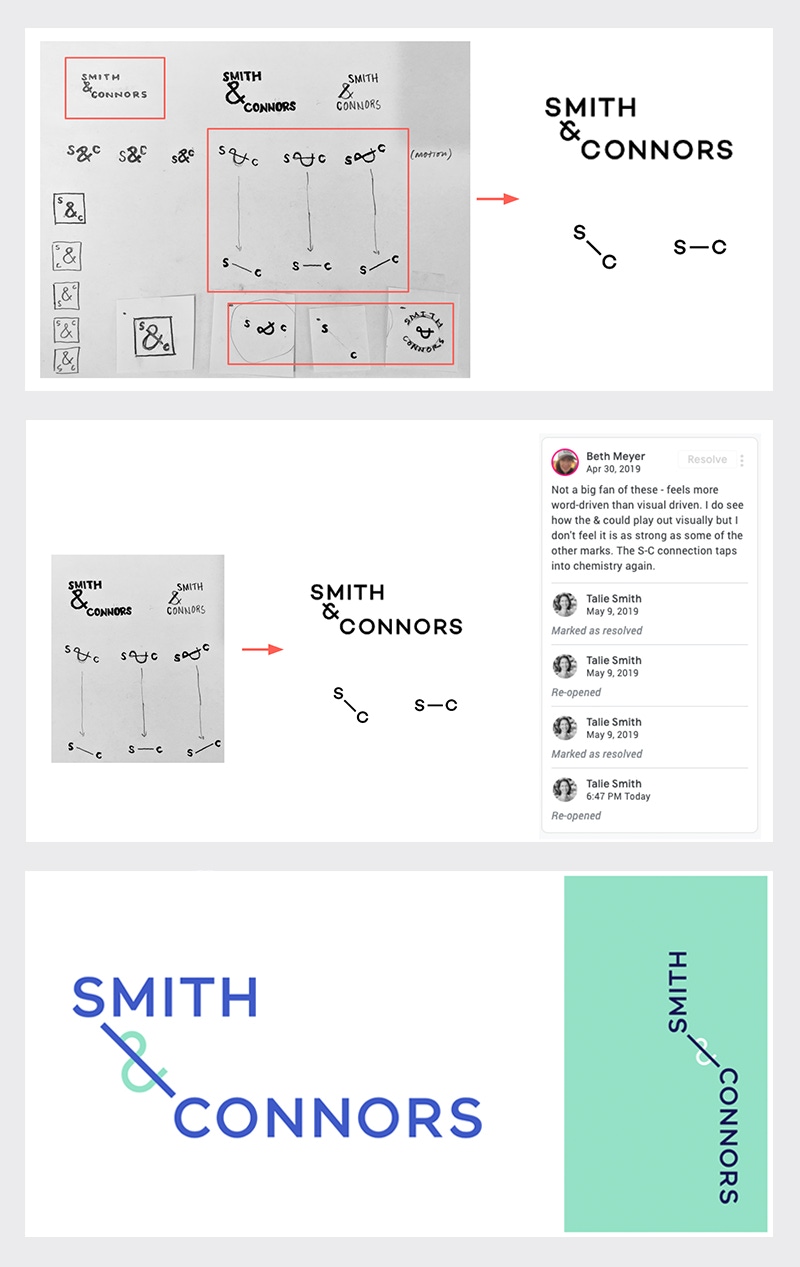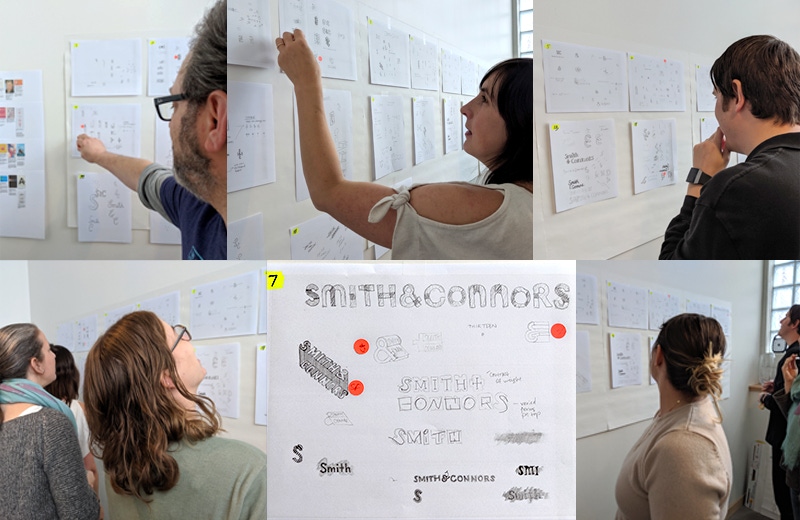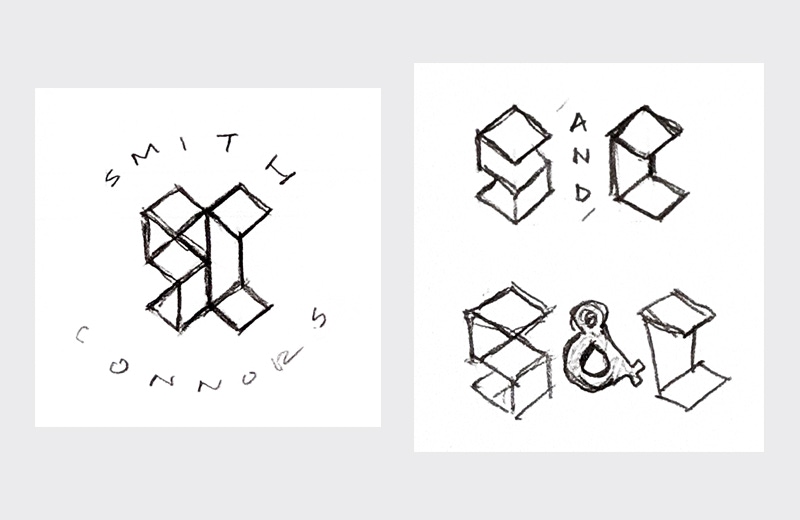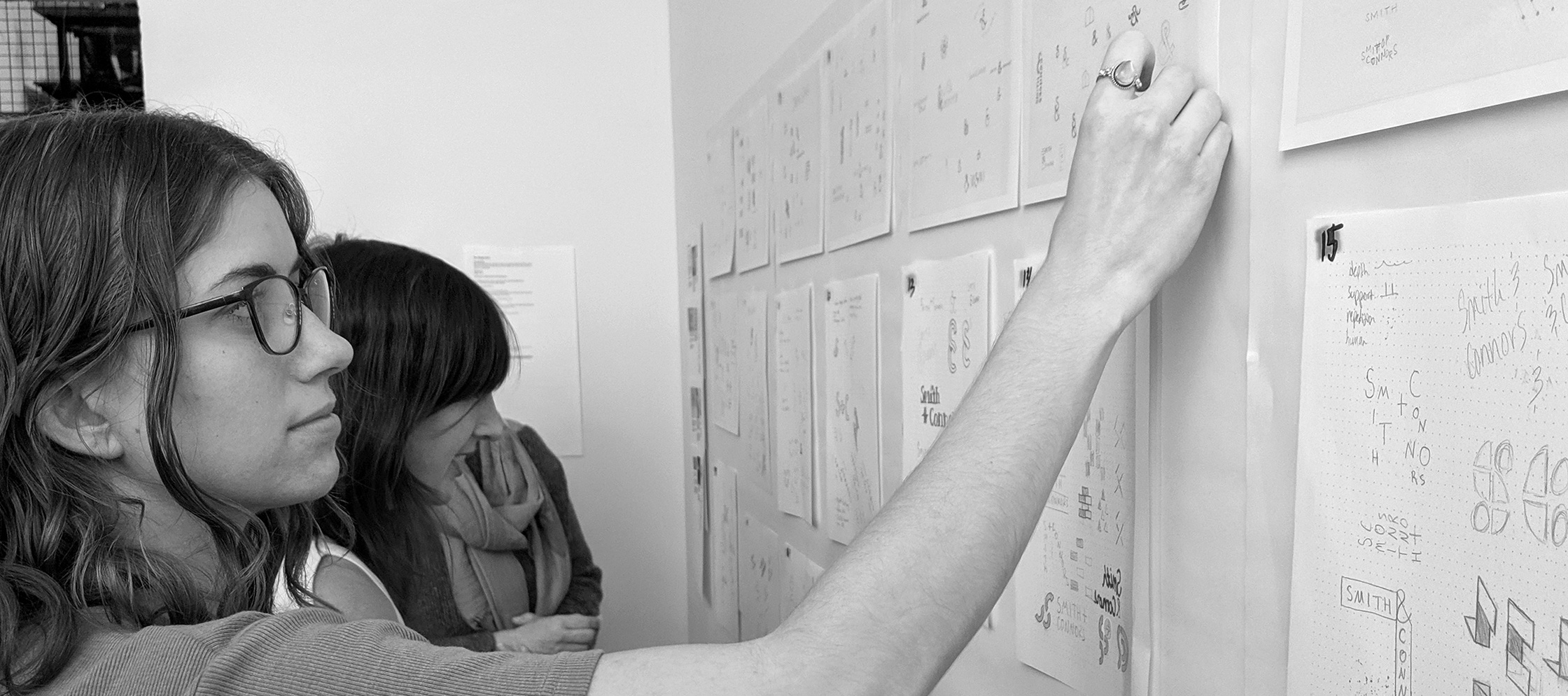By Talie Smith
March 25, 2020
This is a cautionary tale of leadership gone astray. It is a story of the straw of failure spun into the gold of collective learning and a closer team.
We partners don’t think we have big egos. We are pretty good at saying sorry when we have done something wrong. We’re not irredeemable assholes. We founded our company on a set of values that we take seriously. But we are also relatively new at being leaders (coming up on 4 years since we brought on our first staff member). So we make mistakes. One of those mistakes could have been costly if we hadn’t paused, reflected, and looked squarely at ourselves in the mirror.
Together, as a partnership and as members of a wider team, we realized that our old branding wasn’t reflecting who we were and what we did. It went beyond the logo and color palette –it was everything that was at the core of how we talk about ourselves both internally and externally.
Smith & Connors is in the business of strategically rebranding organizations and businesses to help them authentically convey their unique value, role(s), and personality. Our work for clients helps establish foundational principles on which everything from operations and people management to marketing can be built. The work can feel high stakes, because it is.
We have a proven process for building brands that is based upon research and insights. We gather data through a robust discovery process, including stakeholder interviews, focus groups, workshops, and deep dives into all available materials. We work with our clients to be as inclusive as possible with their teams and stakeholders, gathering as many voices as possible, because an exclusively top-down approach just doesn't work (spoiler alert).
Our research and insights build a strategic brand platform that serves as the foundation for voice and tone, messaging, and design exploration. We develop conceptual visual ideas for the logo, which we refine iteratively until we have a visual identity system. From there, we often extend the brand to other touchpoints like collateral, website, print, social media channels, the built environment, and more. Our process is intentionally iterative and additive to ensure everything we create encompasses our insights.
So naturally, we used this amazing, proven process on our own rebrand, right? Uh, erm, no.
Leading with Fear
As leaders of a small business, we are continually challenged to keep the business moving in the right direction whilst also delivering amazing, effective tools and services for our clients, while supporting our team culture and growth. And, somewhere in between all of that, we are taking care of ourselves and our families.
It’s quite easy in the fast pace of life to cut corners in the interest of time and money. And it takes an extraordinary amount of patience and mindfulness to slow down when the pressure mounts. In the balancing of these tensions lies the potential magic of a great leader.
Herein lies the moment our rebrand began to go off the rails. We didn’t pause and reflect. We instead decided to:
- Skip the discovery phase altogether. I mean, we know who we are, right? It’s as simple as that. Why take the time?
- Write a brand strategy based on the partners’ unimpeachable understanding of who we are. What could go wrong?
- NOT properly engage our team. Instead, the partners drove the process forward with minimal team involvement. Awesome!
- Make decisions over the weekend, then announce them on Monday. Why not?
- Choose design concepts we liked the most and disregard team feedback. Who knows better than the partners?

Not surprisingly, we ended up with a logo and brand system that some of our team members (and even one of the partners!) didn’t feel reflected the unique qualities and approach of Smith & Connors. We also started to lose staff trust, the worst outcome of the effort. Despite those warning signs, we still proceeded on.
We thought we had nailed it, and in record time. With great excitement, we revealed our new logo to one of our key clients and friends. In true spirit with the company we keep, she was direct and honest with us. She said that not only did it not feel right, but that it didn’t make sense for who she knew us to be. We were devastated, but we also knew there was truth to what she was saying and we were (finally) forced to pause and listen.
In combination with the comments from our valued staff, we three partners realized we had really fucked up. We had completely avoided important steps in the process and had ignored the warning bells our team had sounded. We had a giant piece of humble pie in front of us. It was time to take a big bite and change course.
Weaving Straw into Gold
Key Moment of Vulnerability
We sat down with our team and apologized for our actions, acknowledging that we had acted on fear and control rather than from our core values. We decided to restart the rebrand process, this time from the beginning: with a proper discovery phase where we truly listened to people (including external stakeholders).
This moment of acknowledgement and vulnerability was a critical part of building back the trust we lost with staff.
Restart With Listening & Accountability
We asked our team to set up and lead the project as they would any other brand project. We partners would be both “the client” and “the makers.” This was still an awkward position to be in, but this time we created accountability within our team and process.
Our process:
- In-depth discovery interviews with external stakeholders.
- Discovery workshop with staff.
- Competitive landscape research.
- Brand strategy overhaul, with proof points from external and internal data to validate our position.
- Collaboration and review cycles for our brand drivers (roles and personality).
- A logo sketching phase that allowed staff to comment, vote, and discuss.
- A collaborative design phase.


The Gold of Failure
There are so many positives that came out of this failure, the most valuable being greater trust, directness, and honesty.
We’ve taken the learnings from our experience and integrated them into our process for our clients too — sharpening our craft of facilitating internal and external buy-in and communication throughout a project, what we call design therapy. We feel the imperative of that work much more, now. Rebranding projects, in particular, can have high stakes, high emotions, and high expectations. After all, they’re about the core identity of an organization.
But It Takes Courage
There are key steps that can take you from failure to growth. And it’s not for the faint of heart.
Here’s our short list of guidelines for leading with vulnerability:
- Notice when you’re operating from a place of fear or anxiety and pause, reflect, then change course to avoid undesirable outcomes.
- Find a way to include more voices (the more the better), and really listen.
- Accept that you may fail more than once, and allow this failure to fuel growth and learning by seeking insight.
- Practice modeling vulnerability with your staff (we highly recommend reading and implementing The Five Dysfunctions of a Team together with your team.
- Always go back to your values as a check-in (if you don’t have stated values, create these asap!).
- The process is the product: it’s what you learn along the way that creates growth and change.
